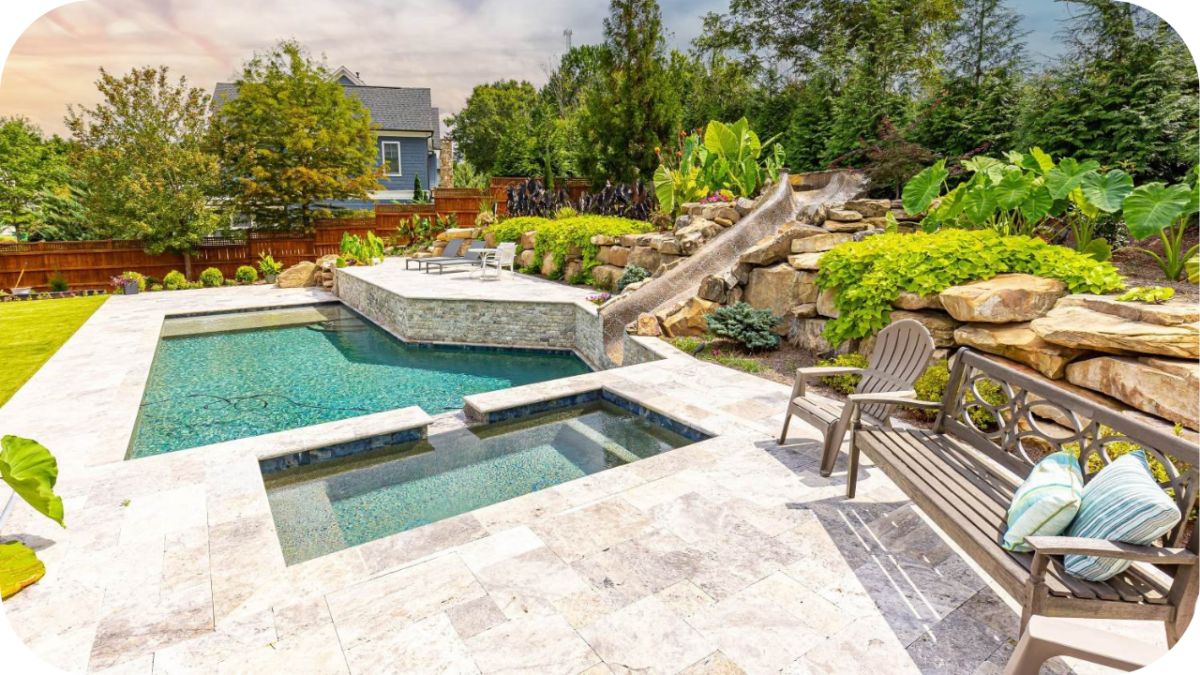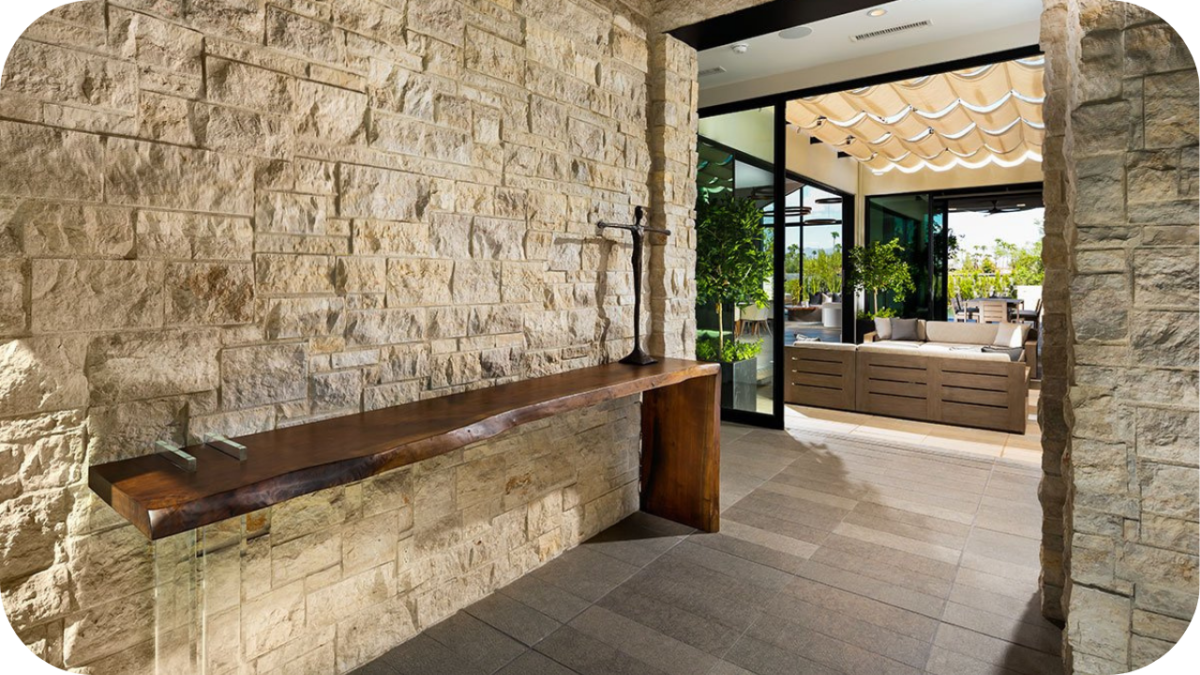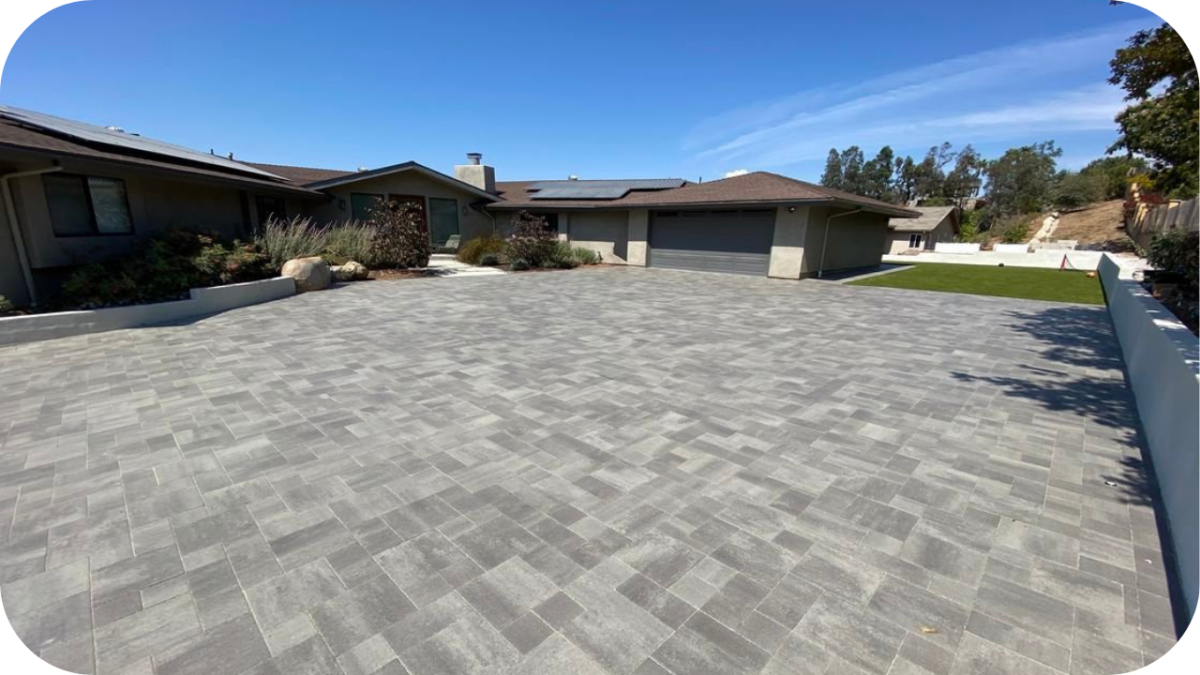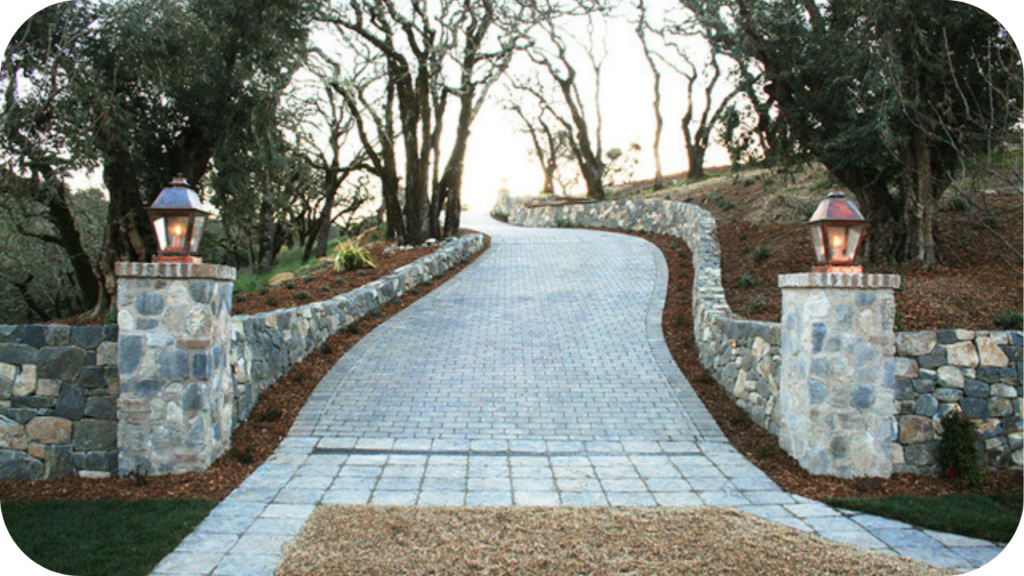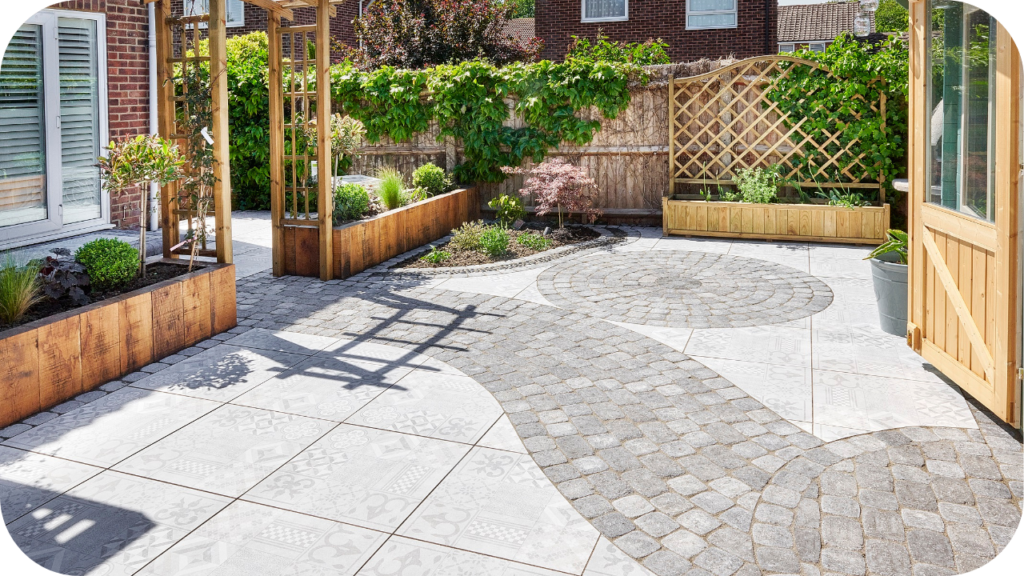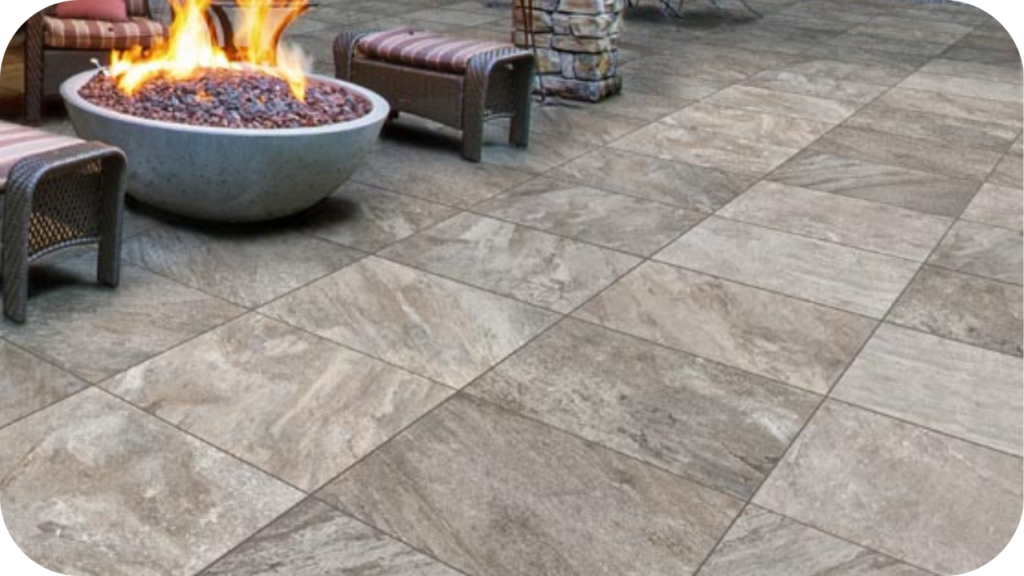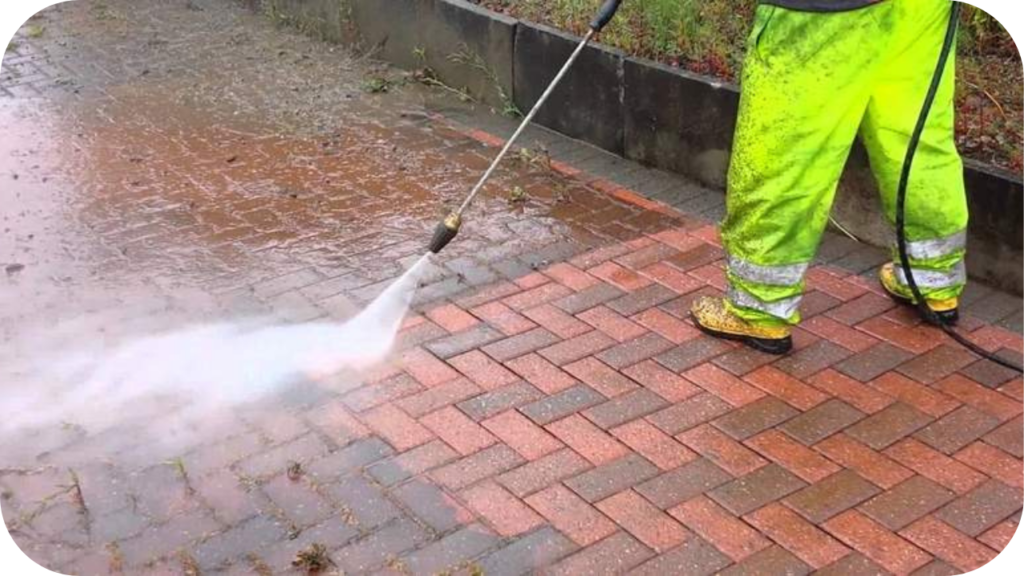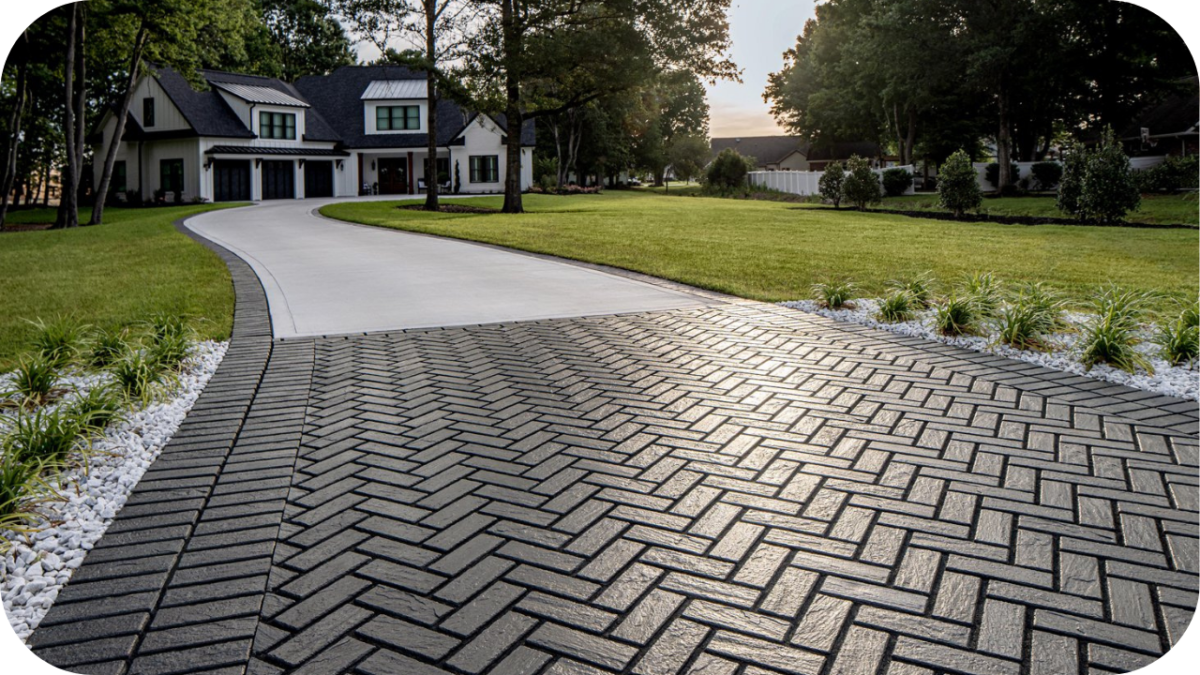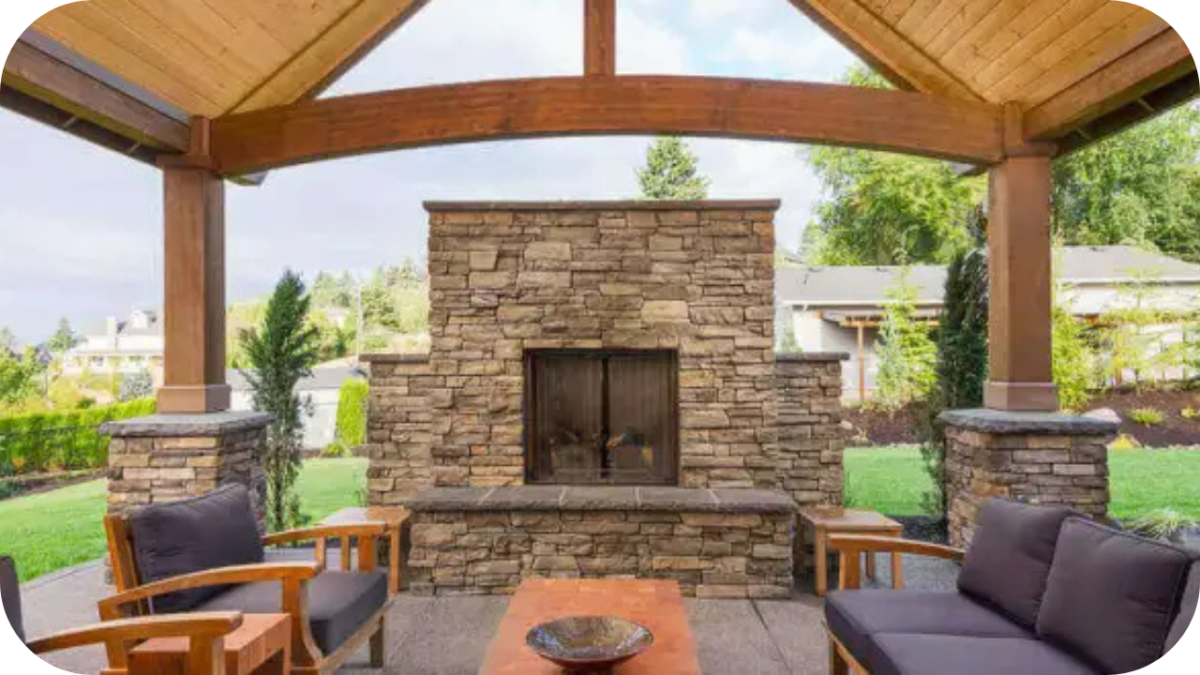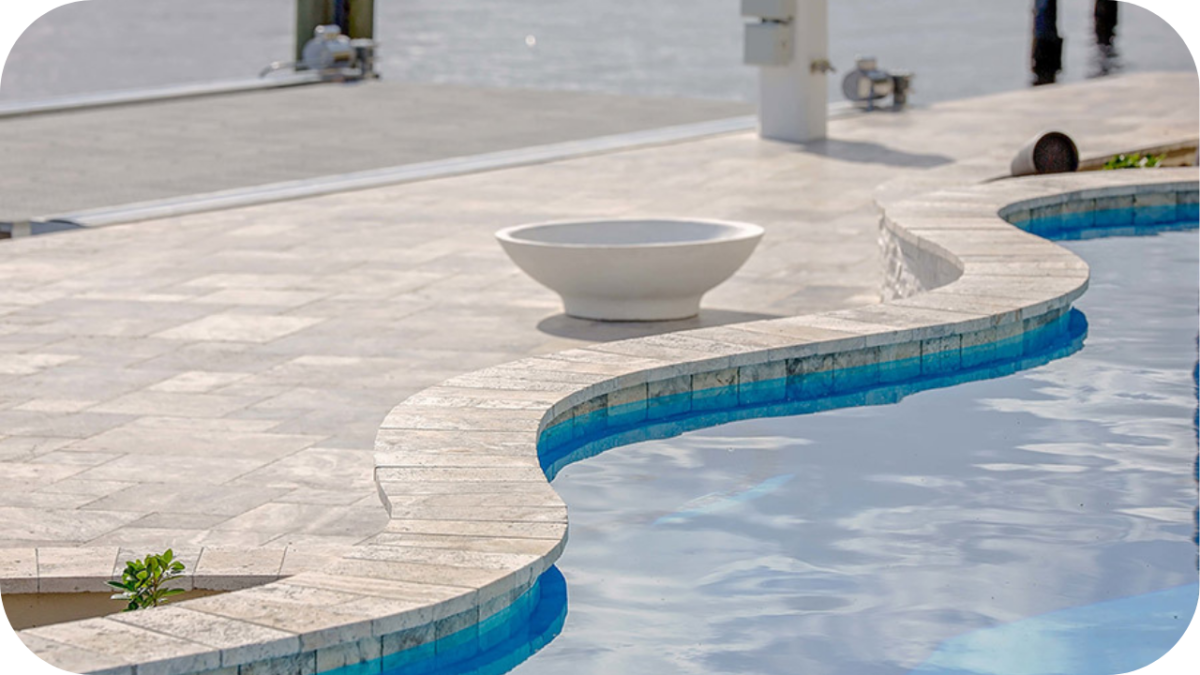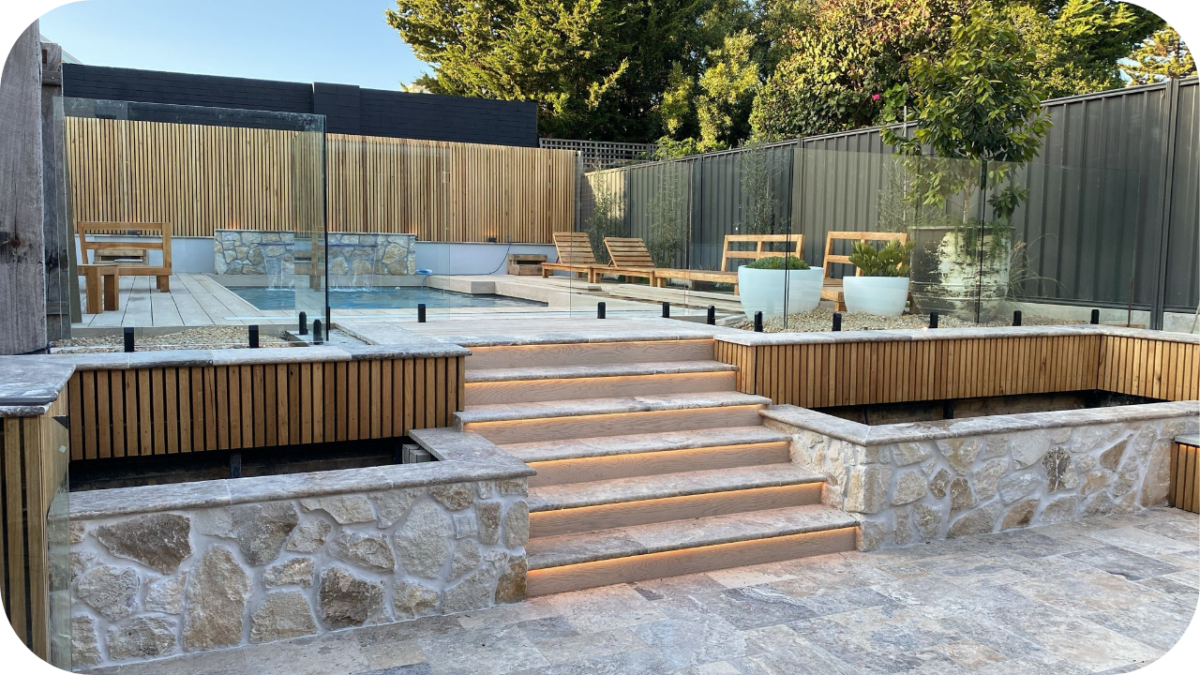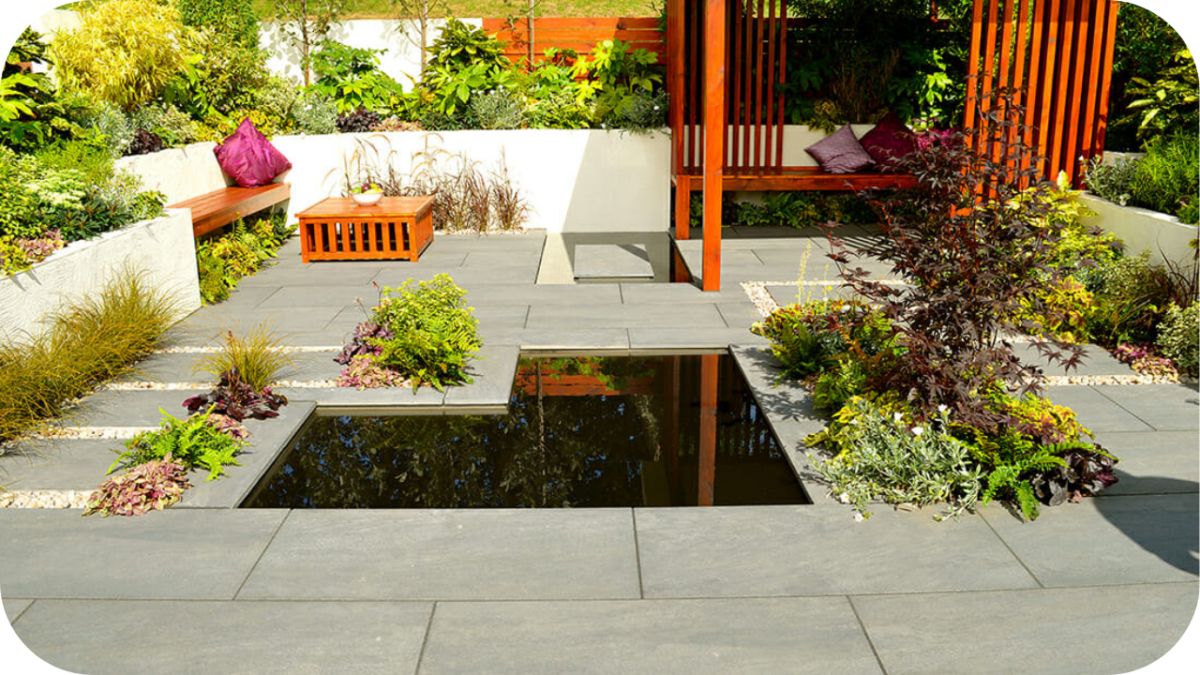Which Natural Stone is Best for a Resort-Style Backyard?
A resort-style backyard is all about creating a relaxing, elegant escape at home. Natural stone plays a key role in setting the tone, offering texture, tone, and durability that elevate outdoor design.
Whether you’re looking to create a luxurious pool area, a stylish alfresco dining space, or a feature wall, natural stone provides the perfect balance of beauty and functionality.
In this guide, we’ll highlight the best natural stones for resort-style landscapes, focusing on their suitability for paving, walling, and decorative applications in your backyard.
What Makes a Stone Suitable for Resort-Style Landscaping?
When selecting natural stone for a resort-style backyard, several key qualities ensure its suitability for the landscape.
Traction is crucial, especially around pool areas and water features, to ensure safety while maintaining a sophisticated look. The stone must also offer UV stability, maintaining its colour and appearance under the harsh sun.
Thermal comfort is another important factor, with stones like limestone and travertine naturally staying cooler underfoot, perfect for barefoot use during hot days. The stone should have visual cohesion, working harmoniously with other elements like greenery, timber, and water.
Lastly, low maintenance is essential for high-use areas, ensuring the stone remains beautiful with minimal upkeep. These qualities combined ensure the stone enhances both the aesthetic and functionality of the backyard, creating a truly resort-like feel.
Best Natural Stones for a Resort-Style Backyard
To create a luxurious resort-style backyard, selecting the right natural stone is essential. Here are the best options to elevate your outdoor space.
1. Granite
Granite is a durable, hard stone, ideal for high-traffic areas. Buffalo Granite and Hotham Granite are excellent for walling, adding sophistication and texture to feature walls. For paving, Charcoal Granite offers a polished finish, ensuring stability and longevity in outdoor spaces, even under heavy use.
2. Limestone
Limestone, with its soft colours and refined grain, is perfect for both walling and paving. Grange Limestone and Marrakesh Limestone enhance interior and exterior walls, while Sienna Limestone provides a rustic, inviting look for garden paths and outdoor walkways. Its cool surface makes it ideal for hot climates.
3. Travertine
Travertine, known for its creamy tones and subtle veining, creates timeless elegance. Sorrento Travertine and Classic Travertine are ideal for walling, while Silver Travertine adds beauty and functionality to outdoor spaces, with its textured surface making it perfect for pool surrounds and patios.
4. Marble
Marble’s elegant appearance brings sophistication to outdoor spaces. Ocean Grey Marble and Provincial Marble are ideal for creating luxurious feature areas and garden paths. Use marble in shaded or partially covered zones to preserve its appearance and ensure it remains cool underfoot.
5. Bluestone
Bluestone’s deep hues and durable nature make it perfect for paving in outdoor areas. Flamed Bluestone and Honed Bluestone provide sleek, resilient surfaces for courtyards, fire pit surrounds, and walkways. Its natural texture ensures safety and stability in high-traffic areas.
6. Quartzite
Quartzite is a stunning stone known for its crystalline sparkle and impressive durability. Andorra Quartzite, with its natural split finish, creates a textured surface ideal for paving. Its weather-resistant properties make it perfect for outdoor spaces, providing both beauty and strength in high-use areas.
Design Tips for a Cohesive Resort-Inspired Landscape
To achieve a seamless resort-inspired landscape, consider integrating natural stone with thoughtful design elements. Here are some essential tips to create a beautiful, functional outdoor space that mirrors a luxury resort.
1. Stick to a Consistent Stone Palette
Choose a consistent palette of natural stones for walls, floors, and features to create a harmonious and unified look. Mixing complementary tones and finishes ensures a seamless flow between areas, enhancing the overall aesthetic appeal of the space.
2. Use Plants, Lighting, and Timber Accents
Incorporate lush plants, ambient lighting, and timber accents to complement the natural stone. Greenery adds life, lighting creates atmosphere, and timber brings warmth and contrast, achieving a resort-style feel in your backyard.
3. Mix Textures Subtly
Combine various stone textures, such as honed pavers and split-face cladding, to add visual interest without overwhelming the space. This creates a balanced and sophisticated aesthetic, enhancing the charm of your resort-style design.
4. Incorporate Stepping Stones and Zoned Areas
Add stepping stones and define distinct zoned areas to encourage flow and relaxation. Natural stone pathways guide movement and create areas for lounging, dining, or enjoying nature, making your backyard feel expansive and welcoming.
5. Integrate Water Features and Stone
Incorporate water features such as fountains, ponds, or waterfalls with natural stone like marble or quartzite. These elements add tranquillity and luxury to your resort-style backyard, creating a calming atmosphere that mimics a high-end retreat.
Additional Stone Features That Enhance Resort Ambience
To elevate the luxury and functionality of your resort-style backyard, here are some additional natural stone features that enhance both aesthetics and usability:
- Stone Benches and Seating: Create integrated stone seating using Travertine or Granite. These materials offer durability and comfort, transforming your backyard into a relaxing lounge area with natural elegance.
- Pergola Bases and Pillars: Use Bluestone or Limestone for pergola bases and pillars. These stones provide a solid, stylish foundation, enhancing the aesthetic of your outdoor living space while ensuring structural strength.
- Walkways and Pathways: Incorporate Marble or Bluestone for pathways that guide movement throughout your garden. These stones provide a functional yet visually pleasing element, enhancing the flow of your outdoor space.
- Raised Planters: Design raised garden beds using Travertine or Limestone. These materials create visual interest, elevating plants and flowers while adding depth and structure to your outdoor environment.
- Outdoor Kitchens: Opt for Granite or Marble for countertops and surfaces in outdoor kitchens. These stones are heat-resistant, easy to maintain, and offer a sleek, luxurious cooking area perfect for entertaining.
- Outdoor Shower Areas: Build outdoor shower surrounds with bluestone or quartzite. These stones bring a sleek, contemporary finish, offering both durability and a luxurious, spa-like experience for your outdoor spaces.
Maintenance Tips for Natural Stone in Your Resort-Style Backyard
Natural stone requires minimal maintenance, but ensuring its longevity and beauty involves a few key practices. Here are essential tips to maintain your stone features in top condition.
- Clean Regularly: Use a mild detergent and warm water to clean natural stone surfaces. Avoid acidic cleaners that can damage the stone. Promptly clean spills to prevent staining and maintain its appearance.
- Choose the Right Cleaning Products: Opt for pH-neutral stone cleaners designed for natural stone. Avoid harsh chemicals or abrasives that can scratch or damage the surface, ensuring long-lasting durability and visual appeal.
- Seal and Protect: Apply a stone sealer to porous stones like travertine and limestone to protect them from moisture, dirt, and stains. Reseal every 1-2 years, depending on exposure to the elements.
- Prevent Staining and Weathering: Regularly inspect for signs of staining or weathering, especially in high-traffic outdoor areas. Sealant helps protect the stone, keeping it beautiful and resilient throughout all seasons.
- Maintain Drainage Systems: Ensure proper drainage around stone surfaces to avoid moisture buildup, which can cause damage. Keep water flowing freely to prevent erosion or staining, particularly around pool areas or fountains.
- Protect During Extreme Weather: Cover exposed stone during extreme weather conditions, such as heavy rain or hail. This prevents damage from weather elements and helps preserve the stone’s finish and structural integrity over time.
Conclusion
Creating a resort-style backyard starts with selecting the right natural stones. From the durability of granite to the elegance of marble and limestone, each stone enhances your outdoor space.
With careful selection and proper maintenance, these stones will help create a luxurious and lasting retreat. Contact Splendour in Stone for premium stone options tailored to your outdoor design needs.

